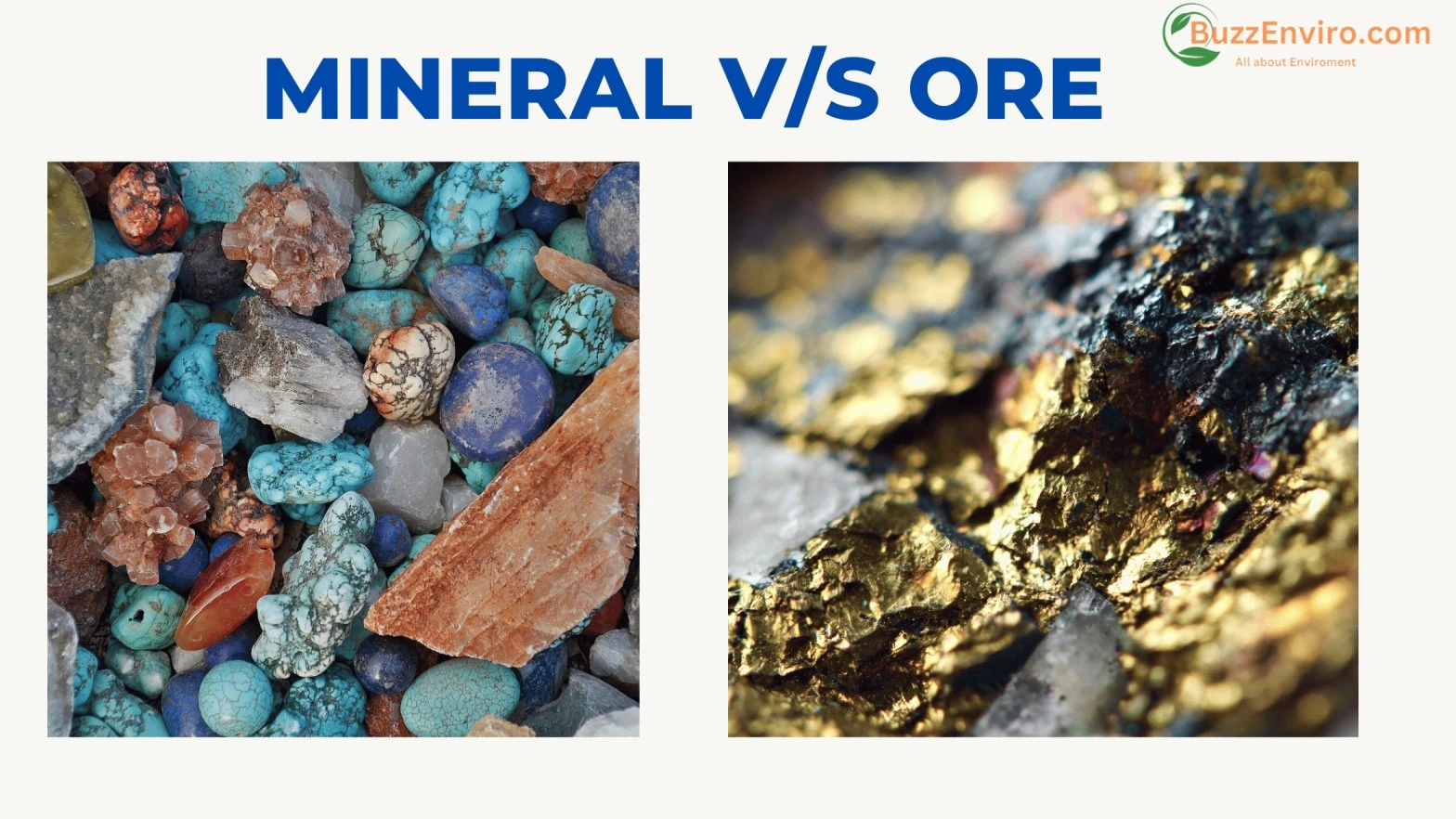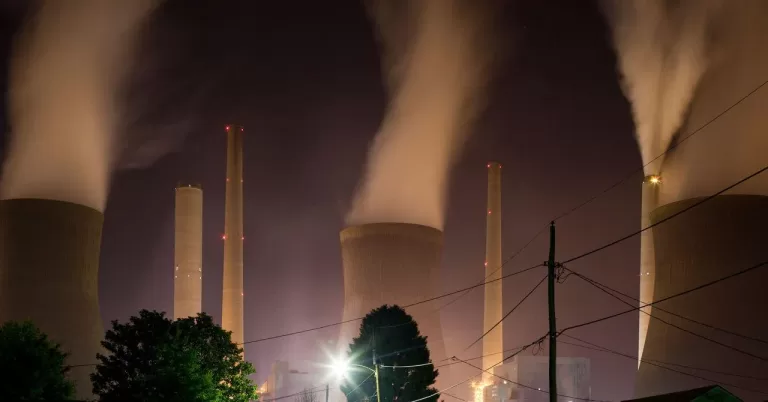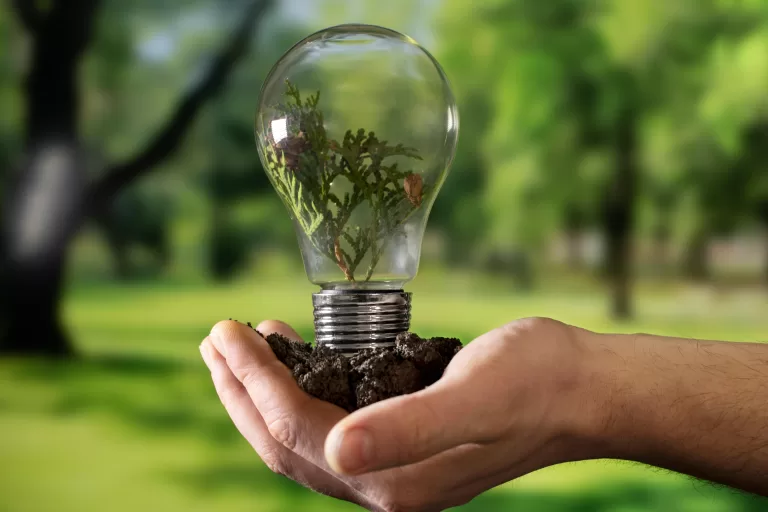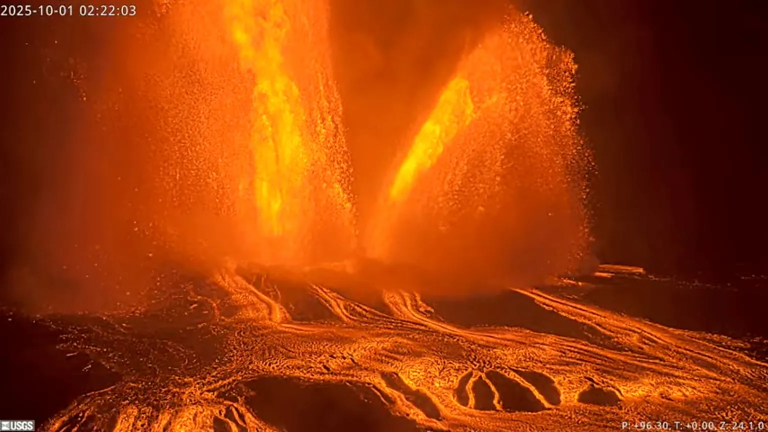
#image_title
Minerals and ores are fundamental to various industries, especially in mining, metallurgy, and geology. While these two terms are often used interchangeably, they refer to different concepts. Understanding the difference between mineral and ore is crucial, particularly in fields like resource extraction and environmental management.
In this blog, we learn about the Difference between minerals and ores and provide insights into their significance.
What is Mineral?
A mineral is a naturally occurring, inorganic substance with a defined chemical composition and an ordered atomic arrangement. These crystalline structures form through geological processes, often taking millions of years to develop. Minerals are recognized for their physical properties, which can include color, hardness, luster, and crystal structure. They are essential components of the Earth’s crust and are used in various industries, from construction to electronics.
Here are few Examples of Minerals are Quartz (SiO₂), Feldspar, Mica and Calcite
What is an Ore?
An ore is a type of rock or mineral that contains enough valuable minerals or metals to make it economically feasible to extract the desired material. Ores typically contain a high concentration of a specific metal, such as iron, copper, or gold, and are mined to obtain that metal. The process of refining ore separates the metal from the unwanted material, known as gangue.
Here are few Examples of Ore are Bauxite (Ore of Aluminum), Hematite (Ore of Iron), Chalcopyrite (Ore of Copper)
Key Difference Between Mineral and Ore
| Aspect | Mineral | Ore |
|---|---|---|
| Definition | A naturally occurring, inorganic solid with a specific chemical composition and crystal structure. | A type of rock or mineral that contains valuable metals or minerals in quantities that can be economically extracted. |
| Economic Value | Not all minerals have economic value; some may be used in industrial processes, while others are just part of Earth’s crust. | Ores are economically valuable because they contain sufficient metals or minerals for profitable extraction. |
| Metal Content | Minerals may or may not contain metals, and even if they do, the metal content might not be high enough for commercial use. | Ores must have a high concentration of metal or valuable mineral, making it worth extracting for industrial purposes. |
| Processing Requirement | Minerals often require little to no processing before being used, depending on their application. | Ores require extensive processing to separate the metal or valuable mineral from impurities (gangue). |
| Extraction Purpose | Minerals can be extracted for various uses (e.g., gemstones, building materials), but not always for metal. | Ores are specifically mined to extract metals or valuable minerals for economic gain. |
| Example | Quartz, Feldspar, Mica | Hematite (iron ore), Bauxite (aluminum ore), Chalcopyrite (copper ore) |
| Occurrence | Found widely in nature, making up a significant part of Earth’s crust. | Ores are selectively mined because they occur in specific locations where metal concentrations are high. |
| Usability | Not all minerals are usable for industrial or commercial applications. | Ores are always usable after processing to extract metals or other valuable mater |
Conclusion
In summary, the difference between mineral and ore lies in their economic value and utility. A mineral is a naturally occurring substance with a specific chemical composition and structure, while an ore is a rock that contains sufficient amounts of valuable minerals that can be mined and processed for profit. Understanding this distinction is essential for industries involved in resource extraction and utilization.



